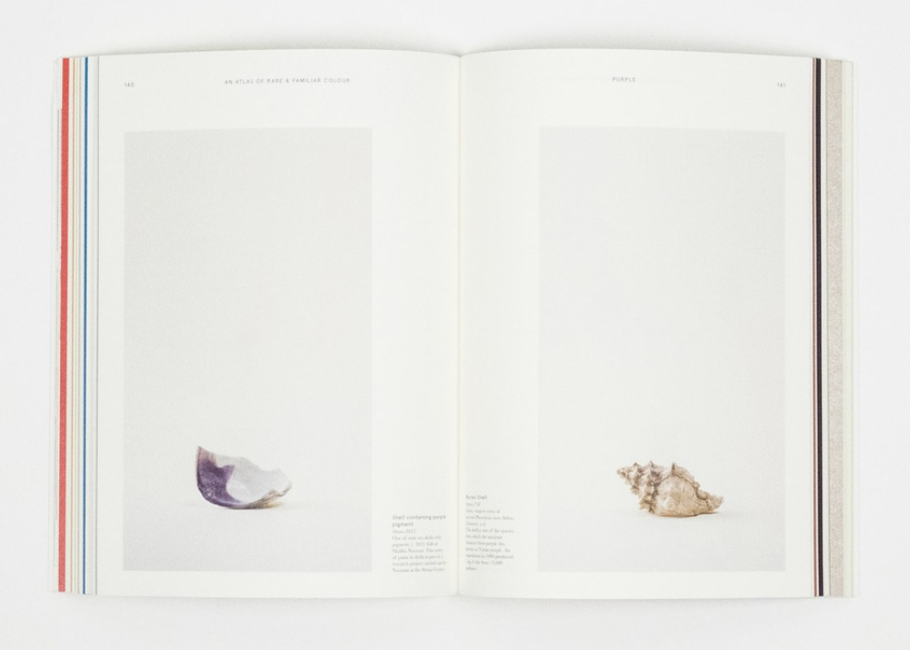shades from shells
Tyrian Purple, made from the murex shell, was not an exact color, but varied significantly from a warm reddish base through to cool bluish one.
We explore its tones through fashion and home.
The Forbes Pigment Collection houses one of the worlds largest collection of natural pigments. Included is the highly valued Tyrian purple which is created by crushing murex shells. The painting, Hercules's Dog Discovers Purple Dye, by Peter Paul Rubens, visualizes a myth where his dogs beachside snack produced a purple nose that was then was harvested, applied to the richest of robes and earned the name “Royal Purple”.
Lapham's Quarterly 2015 Fashion issue explored the natural origins of pigments, and note that Tyrian purple requires 8,500 snails per gram. Becuase of it's use in garments for Roman Emperors and Senators, the snail nearly went extinct by 400 BC.
"The purpura color of ancient Rome was not necessarily the same as what we think of as purple today. Remember that a dye needs a mordant to make it stick Depending on which mordant you use—tin, copper, aluminum, or urine—the result can be quite different. Tyrian purple, for example, can be rose colored, blue red, deep crimson, or velvety black It can even, if you do the dyeing under the midday sun, be pale blue. There’s a sample of wool in the National Museum of Beirut in Lebanon that is said to be dyed with Tyrian purple. It is bright pink." Victoria Finlay, The Brilliant History of Color in Art
Listen to an audio tour of Forbes Pigment Collection at Harvard Art Museum.




